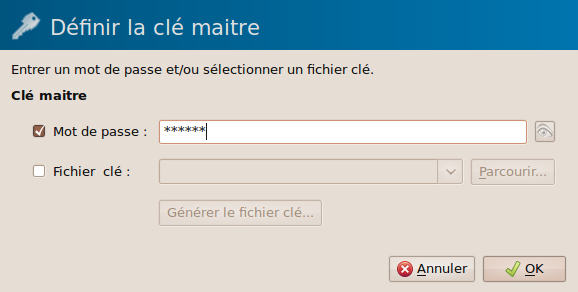

This was one of the first open source projects Ive ever been able to successfully build After tens and tens of tries, finally a build system that actually.


sudo apt-get build-dep keepassx - sudo apt-get install ubuntu-dev-tools cmake zlib1g-dev libgcrypt11-dev. Once we finish with the installation, we will find KeePass at the Mint menu, in the Accessories section. do this first if you missing any libraries. Once the update is done, and we had no error messages, we type the following command to install KeePass: sudo apt-get install keepass2 -y We just enter the password and hit Enter.įor more information about Linux terminal commands, check out our guide:Īfter successfully adding the repository, we need to do an update with: sudo apt-get update Just a reminder for Linux newcomers, when we use the “sudo” command, and we enter our password, nothing will show as we type, no stars or dots or anything. On Ubuntu you can use the apt-get command to install KeePassX. We just need to fire up a terminal, with Ctrl+Alt+T, and type: sudo apt-add-repository ppa:jtaylor/keepass -y For this article, I will assume you are using Ubuntu 14.04 as the host system, but the steps are similar for other systems. If yours is not shown, get more details on the installing snapd documentation. Choose your Linux distribution to get detailed installation instructions. However, if we install KeePass through these channels, we won’t be getting the very latest version. And where’s the fun in that? Add the KeePass repositoryįor the latest and greatest KeePass installation on Linux, we must add a repository. Install keepassx-elopio on your Linux distribution. It is the only password manager which is completely.
#Install keepassx linux how to
Technically, we can install KeePass through Ubuntu Software… How To Install KeePass On Ubuntu And Use It To Manage Passwords.


 0 kommentar(er)
0 kommentar(er)
